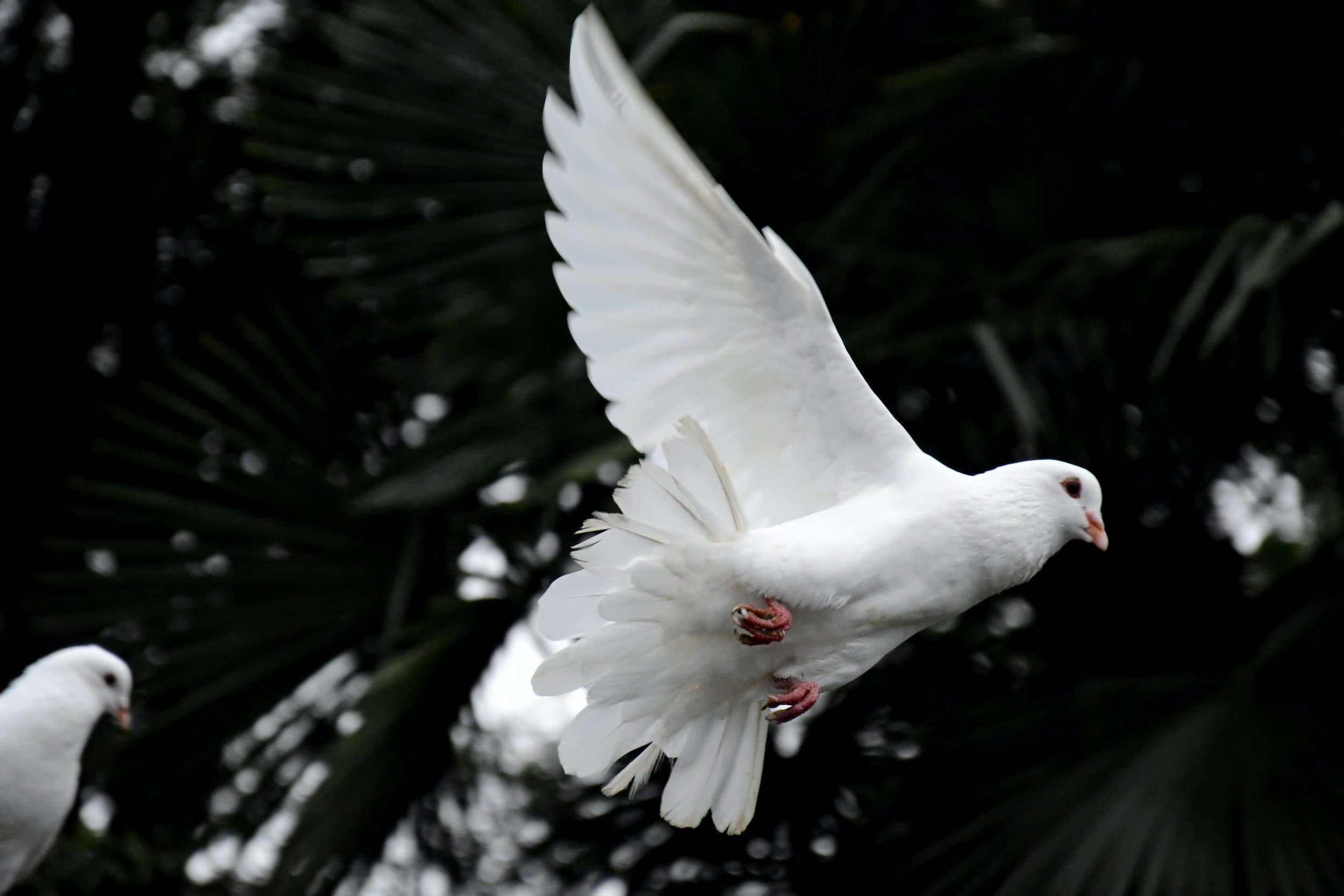Lonely Dove vs Lonesome Dove
As part of the publishing process of my upcoming novel, Lonely Dove,
I was asked how similar the content was to Larry McMurtry’s Lonesome Dove, which was published in the 1980s and gained much popularity, particularly after it was adapted as a series. In fact, the four books of the Lonesome Dove series were eventually adapted for the screen.
I don’t normally read Westerns, so this was a bit of a stretch for me. It is likely that the four books in these series: Lonesome Dove, Streets of Laredo, Dead Man’s Walk, and Comanche Moon, are the only Western genre books I will ever read. The violence, cruelty, and brutality often portrayed isn’t my style, nor is the prevalence for women to be depicted as weak or as whores, and Native Americans and Mexicans as villains.
Still, I enjoyed reading the series, and it was reassuring to know that Lonesome Dove, has nothing to do with my upcoming novel, Lonely Dove. My book is about Anjali, Anji, Sharma is a single 41-year old Colombian-born woman of Indian descent, living in New York City. Anji gets a vision while she is sitting on a boulder in Central Park that shows her she has a soulmate, and she goes into a tailspin to discover who it is.
Lonesome Dove is about Texas Rangers, Gus and Call, as well as the several people who come in contact with them or work with them. The book is titled after a town in Texas called Lonesome Dove. The story begins there and follows the characters as they journey to Montana. The Streets of Laredo details what happens after, and Dead Man’s Walk and Comanche Moon tell of what occurs before.
Despite not being into the subject matter, I was surprisingly engrossed, although I shouldn’t have been given that Lonesome Dove won the Pulitzer. McMurtry’s writing is incredible and the characters are interesting. I was invested in the story and I wanted to find out how they would all end up.
But, I can guarantee you that none of McMurtry’s books are about soulmates and the search for their soulmate. Rather, they detail the hardships of life in the 1800s. They have nothing to do with Lonely Dove, but definitely worth the read if you’re into Westerns—or curious about them.

